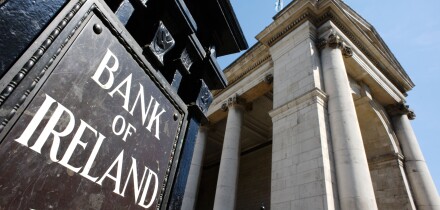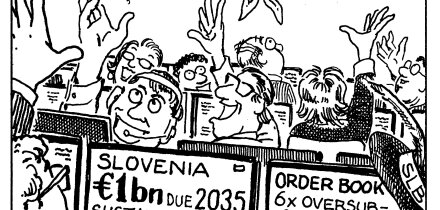Contingent credit-default swap trading volumes have spiked in the past month as U.S. banks hedge counterparty risk. Regulatory changes, including Basel II and the Financial Accounting and Standards Board's FAS 157, have forced counterparty risk managers to find a straight-forward way to hedge and account for counterparty risk.
Volume figures could not be ascertained but by some accounts they have doubled versus 12 months ago. An additional lift has come from the International Swaps and Derivatives Association standard confirm released two weeks ago.
A CCDS ensures an interest-rate swap counterparty, for example, will receive any mark-to-market gains it is owed in the event of the other party defaulting. The protection is on the swap, but contingent on the default of the counterparty. These instruments have been around for some time, but trading up to this point has been light.
William Mertens, head of contingent credit at inter-dealer broker ICAP in New York, said Basel II makes counterparty exposure reserves market-based and FASB brings them into the mark-to-market world. This means active trading is necessary for banks to avoid P&L volatility, he noted. ICAP is providing indicative prices for CCDS.
The swap is more attractive to dealers than requesting counterparties post collateral or make margin payments because the swap itself can be marked to market on a daily basis. Waiting for collateral and margin payments takes time and if a dealer has a swap that is deep in- or out-of-the-money this position may not be balanced out immediately in its accounts. Some firms have securitized counterparty risk but this is not acceptable for capital relief because it cannot be marked to market.
For dealers now buying and selling CCDS, the next step is offering the protection to the buy-side. If investors such as insurance companies, for example, have a view on how interest rates or commodities might affect a corporate's debt, they could enter into a CCDS to play that view, a counterparty risk management official explained. "We have looked at setting up swaps that look at the relationship between mortgage servicers and interest rates or auto manufacturers and the price of oil," added the official.
Loan-only CCDS is another possible variation on the contract. Because swaps on the back of secured loans generally have equal rights in the event of bankruptcy, it makes sense to hedge with a contingent swap that will cancel on default.






